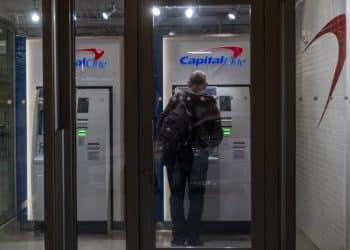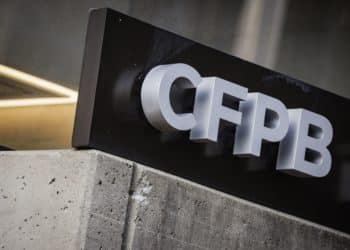Wells Fargo Stops at “Happy Birthday”

The first ATM, or automated teller machine for you history buffs, was put into use in 1959 in Ohio. Fifty-one years later—two years ago—Wells Fargo & Co. began communicating with users of its 12,000 ATMs through on-screen “ads” that feature the bank’s Twitter and Facebook addresses. What have they communicated? “Happy birthday” greetings to customers.
They also show screens displaying the bank’s Twitter handle and asking customers to tweet about their experiences using Wells Fargo ATMs. Some, surprisingly, do just that. Wells would not discuss any data on the initiative, however. There are no plans to move beyond these static screens at the moment.
“Social media hasn’t really changed the way we interact with customers,” Alicia Moore, head of ATM banking at Wells, told Bank Innovation. “But it has brought to light how our messaging is really seen and read. It helps us enhance how we interact with the customer, and get feedback more quickly and on a larger scale.”
Wells Fargo has three Twitter handles: @wellsfargo, which sends out corporate communications, @wellsfargo_jobs, and @ask_wellsfargo, which is a customer service channel. The @ask_wellsfargo account came first. When Wells acquired Wachovia in 2008, Wachovia had a Twitter account, and this inspired Wells Fargo to move onto Twitter.
Wells doesn’t match its customers to their Twitter handles. A customer’s email address (and of course birthday) may be part of his account profile, but not his Twitter handle—or at least not yet. A recent article in American Banker relates that Wells Fargo can tell if ATM customers have tweeted at the bank, but Moore tells me that customers’ Twitter accounts are not known to Wells Fargo, and, therefore, can’t be connected to ATM usage.
The whole ATM communication effort from Wells seems somewhat flat. After 50 years, is this the best the industry can come up with? You know what? Do not tweet us the answer to that question.











